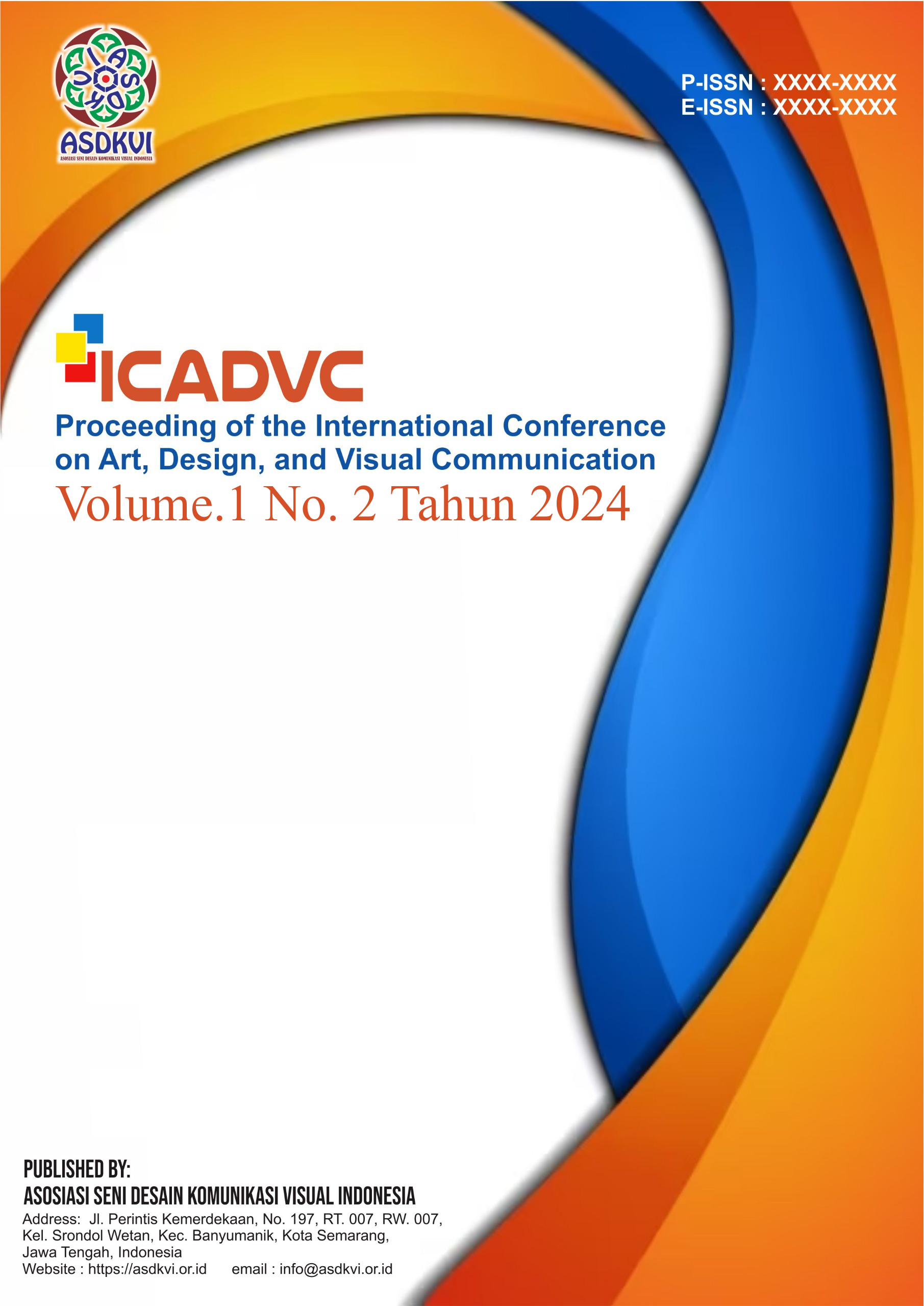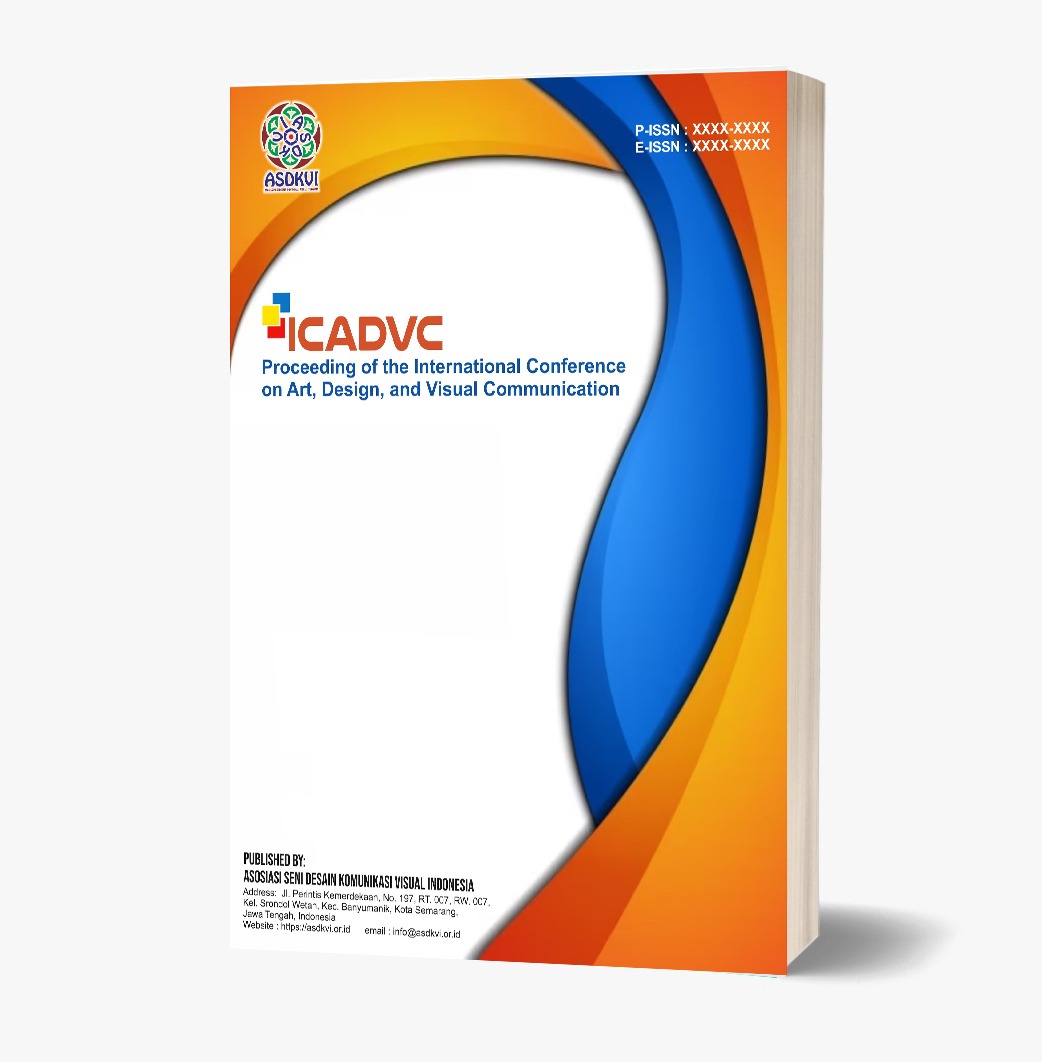Exploration of Art and Design Based on Augmented Reality Technology in the Development of Interactive Learning Media
Keywords:
Augmented reality, learning media, interactive design, educational technology, learning experienceAbstract
The development of digital technology, especially augmented reality (AR) technology, offers great potential in enhancing interactive and engaging learning experiences. This study aims to explore the use of AR technology in designing adaptive learning media for high school students in Indonesia. Using an experimental design approach, this study assesses the impact of AR media on students' understanding and motivation in learning abstract concepts. The results show that the application of AR can improve visual understanding and student engagement in the learning process.
References
Akçayir, M., & Akçayir, G. (2017). Augmented reality in education: A meta-review and cross-media analysis. Educational Technology & Society, 20(3), 1–14.
Alkhateeb, H. M., et al. (2021). The role of teachers in augmented reality learning environments: A systematic review. Journal of Educational Technology Systems, 49(1), 7–29.
Bandura, A. (1977). Social learning theory. Englewood Cliffs, NJ: Prentice Hall.
Chen, C. H., & Tsai, C. C. (2019). The effects of augmented reality on learning outcomes: A meta-analysis. Educational Technology Research and Development, 67(4), 963–982.
Cheng, K. H., & Tsai, C. C. (2019). The impact of augmented reality on student learning: A review of recent research. Educational Technology & Society, 22(4), 1–12.
Huang, Y. M., et al. (2019). The effectiveness of augmented reality in education: A meta-analysis. Journal of Educational Computing Research, 57(3), 679–706.
Hwang, G. J., et al. (2019). A review of mobile augmented reality in education: A comprehensive analysis. Educational Technology & Society, 22(3), 1–16.
Jang, S. J., et al. (2020). The effects of technology-enhanced learning on student engagement and learning outcomes: A meta-analysis. Educational Technology Research and Development, 68(5), 2611–2634.
Kearney, L., et al. (2019). Teachers' professional development in augmented reality: A systematic review. Computers & Education, 140, 103607.
Liu, M., et al. (2020). Augmented reality in education: A review of recent research and future directions. Educational Technology Research and Development, 68(5), 2611–2634.
Ministry of Education and Culture. (2021). Technology infrastructure survey report in schools. Jakarta: Ministry of Education and Culture.
Rachmawati, R., & Farida, N. (2020). The impact of augmented reality on students' mathematics learning outcomes. International Journal of Innovation, Creativity and Change, 13(1), 1–12.
Statista. (2021). Augmented reality (AR) market size worldwide from 2018 to 2025. Retrieved from https://www.statista.com/statistics/885438/globalaugmentedrealitymarketsize/
Widodo, A., et al. (2020). Collaborative learning in augmented reality: A case study in Indonesian schools. Journal of Digital Learning in Teacher Education, 36(2), 89–101.
Wu, H. K., et al. (2013). Augmented reality in education: A review of recent research. Computers & Education, 68, 1–12.
Downloads
Published
Issue
Section
License
Copyright (c) 2024 Proceeding of the International Conference on Art, Design, and Visual Communication

This work is licensed under a Creative Commons Attribution-ShareAlike 4.0 International License.





